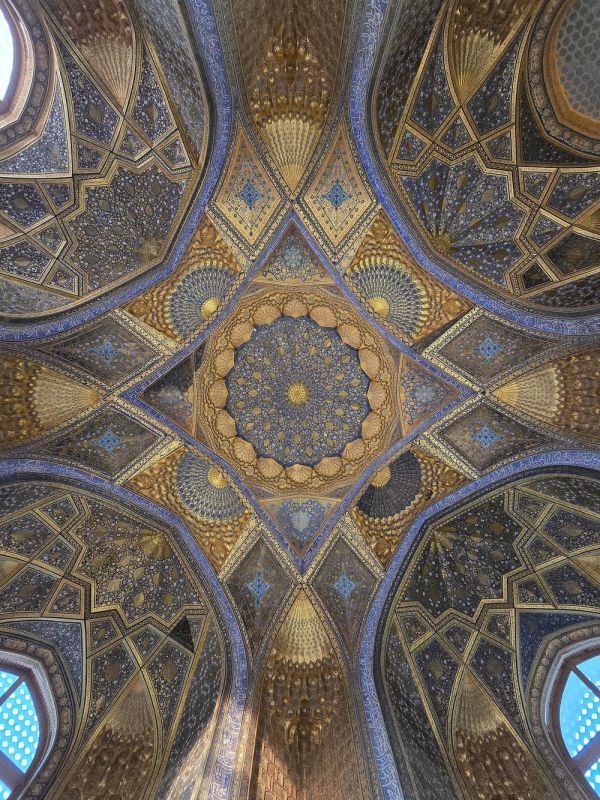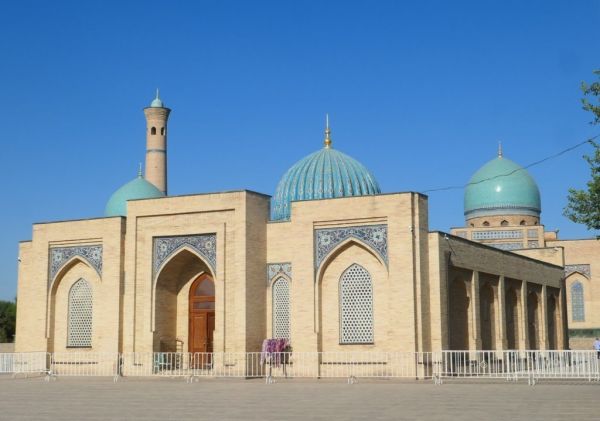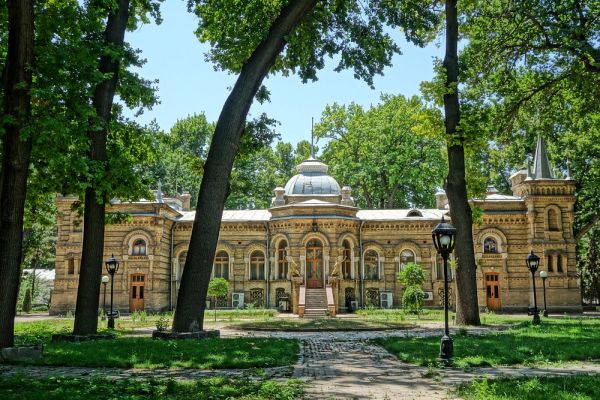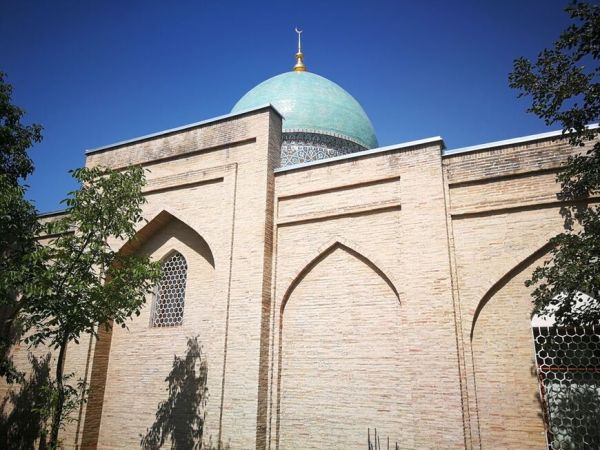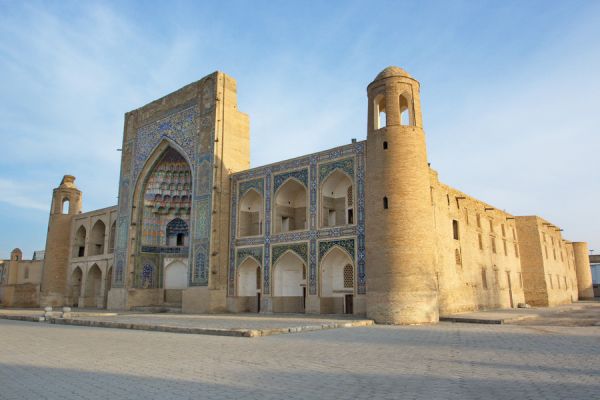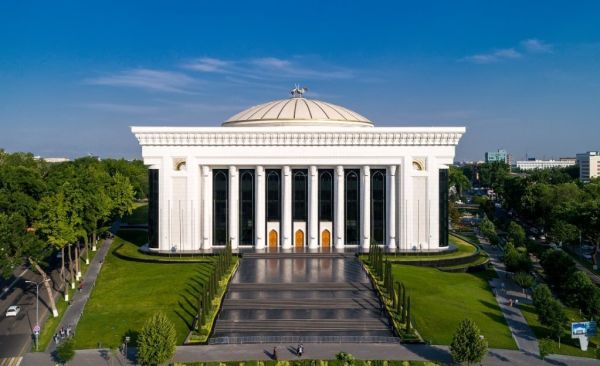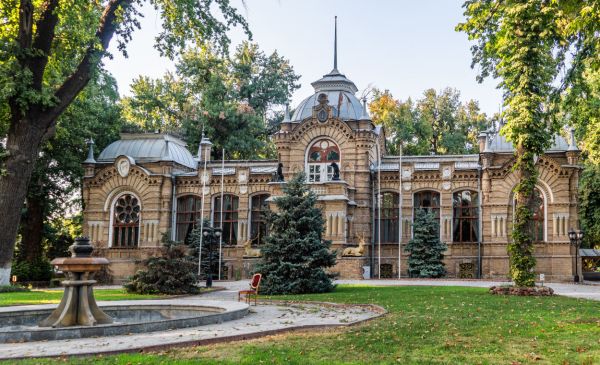Aksaray Mausoleum
Aksaray Mausoleum is one of the architectural monuments of Samarkand, built presumably in the XV century. Until recently, it was in a deplorable state, but the restoration saved this landmark, which is now available to the public.
Samarkand is considered one of the oldest cities in the world, its architectural heritage is of interest to tourists coming here from different countries. It was once an important point on the route of the Great Silk Road, which contributed to its growth and strengthening of influence. In the 13th century, the Tatar-Mongols came here and conquered the territory. In the 14th century, Khan Timur (Tamerlane) chose Samarkand as the capital of his empire, under his rule the city was significantly transformed, and no expense was spared for the construction of new buildings and their decoration.
Nowadays, the city is one of the most beautiful cities in Uzbekistan, its mausoleums and mosques amaze with their grandeur and variety of decorative styles. Architectural monuments, cultural and spiritual values and unique flavor make Samarkand so attractive for travelers.
History
There are sights in the city that are sometimes not included in popular tourist routes and are lost against the background of brighter objects. This is the case with the Aksaray Mausoleum, which is located next to the famous Gur-Emir mausoleum, which served as a tomb for Timur himself and representatives of his dynasty. Externally, the ascetic Aksaray is lost against the background of the ornate mausoleum of Timur, but if you take a little time and look inside, you can admire the sophistication of its decoration.
In addition, this landmark is surrounded by a halo of mystery — there are no sources that would tell you exactly when this tomb was erected and whose graves are located there. Among scientists, there is a point of view that the building can be attributed to the second half of the XV century. It is based on the similarity of the architectural style and interior decoration of the mausoleum walls with the structural features of the Ishrathon Mausoleum, which was built at that time.
There is a version that Aksaray was built as the tomb of Abdal Latif from the Timurid dynasty, who was one of the rulers of Transoxiana. The tomb of Gur-Emir was built for the members of the dynasty, but there were circumstances preventing Latif's burial here. The reason lies in the murder of his father, who was the previous ruler. There is an assumption that Aksaray became the burial place of the men of the dynasty, who, due to various circumstances, could not be buried in the main tomb.
Over time, the building began to deteriorate and collapse, and in the first half of the 20th century it was mothballed, which allowed the building to be protected from complete collapse. Only in 2007, thanks to the restoration, it was possible to restore the mausoleum and its interiors, the work was carried out at the expense of private funds. Perhaps the mausoleum is not so popular among tourists due to the fact that it has been closed to the public for a long time, and gradually more people who visit Samarkand will find out about it. Now it is mostly visited by those who visited Gur-Emir and decided to get acquainted with the architecture of the nearby buildings.








